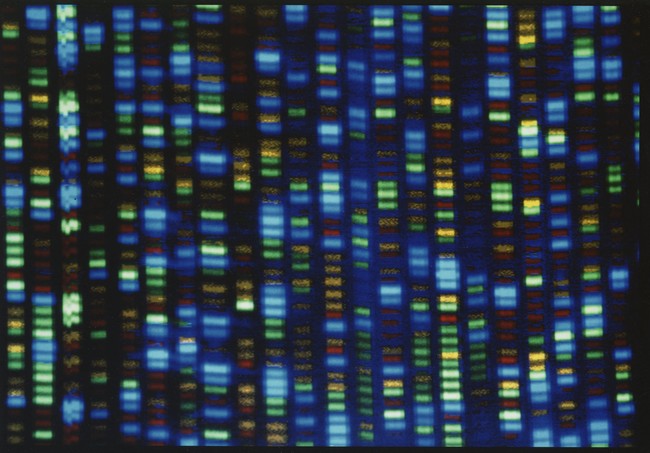
Moore’s law was really a prediction that the number of transistors on an integrated circuit would continue to double every two years. There was no guarantee this would happen but it has in fact proven true over the last 50 years. Moore’s law is really a tribute to the sustained innovation of engineers around the globe.
Now there’s a new prediction highlighted by some research into scientific papers that arise from what are known as paper mills. These are often bogus papers of no real value that are published by a growing number of journals who exist to churn out qualifications for a cadre of scientists, some of whom simply pay to have their names added despite having done no work whatsoever.
A team of researchers found evidence of shady organizations churning out fake or low-quality studies on an industrial scale. And their output is rising fast, threatening the integrity of many fields.
“If these trends are not stopped, science is going to be destroyed,” said Luís A. Nunes Amaral, a data scientist at Northwestern University and an author of the study, which was published in the Proceedings of the National Academy of Sciences on Monday…
Organizations known as paper mills are now turning scientific fraud into a lucrative business. Scientists eager to pad out their resumes can pay hundreds to thousands of dollars to be named as an author of a paper that they had nothing to do with, according to Anna Abalkina, a social scientist at Free University of Berlin who studies paper mills…
Even as paper mills have worked to keep their efforts hidden, Dr. Abalkina has traced the output of companies in Russia, Iran and other countries, and found thousands of their papers in print. “You learn to see the patterns,” she said.
The study looked at a database of a million papers and identified about 30,000 that appeared to be fraudulent. But that number could be very low. It takes time to parse and identify bogus papers. Dr. Amaral used a statistical model to estimate how many more might be out there and found it could be 100 times more than have been uncovered thus far. In other words we may only know about 1% of the fraud that is already part of the system.
And with the advent of AI the ability to cheat is becoming much easier. One of the ways the researchers identified fake papers was by tracking identical or nearly identical images used in multiple papers. But the new AI tools allow for the creation of new images on demand, making it that much harder to identify the fraud.
This sort of academic fraud seems to be growing exponentially. The number of new, fraudulent papers appears to be doubling every 18 months which means fake research is doubling faster than the number of computer transistors on a chip (following Moore’s law).
Dr. Amaral and his colleagues warn that fraud is growing exponentially. In their new study, they calculated that the number of suspicious new papers appearing each year was doubling every 1.5 years. That’s far faster than the increase of scientific papers overall, which is doubling every 15 years…
Artificial intelligence is likely to make things worse, Dr. Abalkina predicted. Instead of doctoring an existing image, paper mills can now use A.I. tools to create images on demand. Dr. Abalkina and her colleagues have tested some of these tools and found that they can already fabricate images that can’t be recognized as fake.
“It’s really scary,” she said.
The Trump administration has made some effort to highlight this problem. Trump signed an executive order in May on restoring “gold standard science” but naturally that only led to pushback.
President Trump has ordered what he called a restoration of a “gold standard science” across federal agencies and national laboratories…
It has prompted an open letter, signed by more than 6,000 scientists, academics, physicians, researchers and others, saying the order would destroy scientific independence. Agency heads have 30 days to comply with the order.
Science appears to have a serious fraud problem apart from any intervention by the Trump administration. If some efforts aren’t made to stop it that problem could soon have the hard sciences swimming in the same glut of nonsense papers that have already taken over the liberal arts fields.












